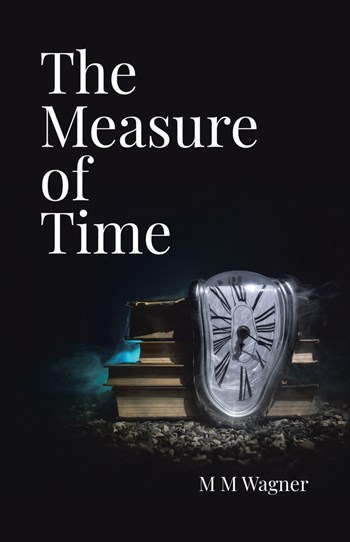Violet is 56 years old and convinced her husband is having an affair. She is frustrated in the way her life has panned out and mournful of lost youth and opportunity. While out walking her dog Einstein, she follows him along an unfamiliar path and arrives in a place she doesn’t recognize. When she is approached by men on horseback, whom she initially takes to be over-committed Halloween revelers, she is aware that things are beginning to get strange. Somehow she has traveled back in time and arrived in the London of 1779, where she has mysteriously become a twenty two year old again. Unsure as to the why and how of these bizarre changes, Violet eventually settles into her new life. She is seemingly content to stay where she is and embrace her situation when her artist employer attempts to claim some of her work as his own and she falls foul of the draconian laws of the period.
At one point Violet likens her predicament to being similar to that of Dorothy in “The Wizard of Oz”, though M M Wagner’s THE MEASURE OF TIME is perhaps more similar to Woody Allen’s “Midnight In Paris” in that Violet’s time-traveling leads to encounters with real people from the past. Alongside the artist and poet William Blake, with whom she falls in love, she also meets the novelist and philosopher William Godwin and his wife the feminist pioneer Mary Wollstonecraft. At a party for Wollstonecraft, Violet learns about liberated sexuality and how the society of the 21st century may not be as modern and forward thinking as she had presumed. Though each of these personalities are based on historical fact they do not read particularly true as characters in the context of the novel, being more like one dimensional ciphers that Violet can react to. The anachronistic appearance of the mystic Madame Helena Blavatsky is more problematic in that she wasn’t even born until long after the period in which the novel is set. Of course these kind of conundrums are par for the course in time-travel based fiction where the reader needs to decide if what is happening to the lead character is supposed to be real or mere fantasy.
Some of Violet’s encounters are amusing and on occasion the author uses her 21st century references (that mean nothing to the people of the 1700s) to good effect. In fact it’s a shame that more isn’t made of the humor of Violet’s situation as these are some of the strongest sequences in the novel. Though the ending is inevitable, even verging on the clichéd, there is a sense that Violet has been on a journey of reconciliation and discovery and for the most part it’s an enjoyable trip to have shared.
M M Wagner’s THE MEASURE OF TIME is a time-traveling romance that, while not exactly historically accurate, makes for a fun and easy read.
~Kent Lane for IndieReader

